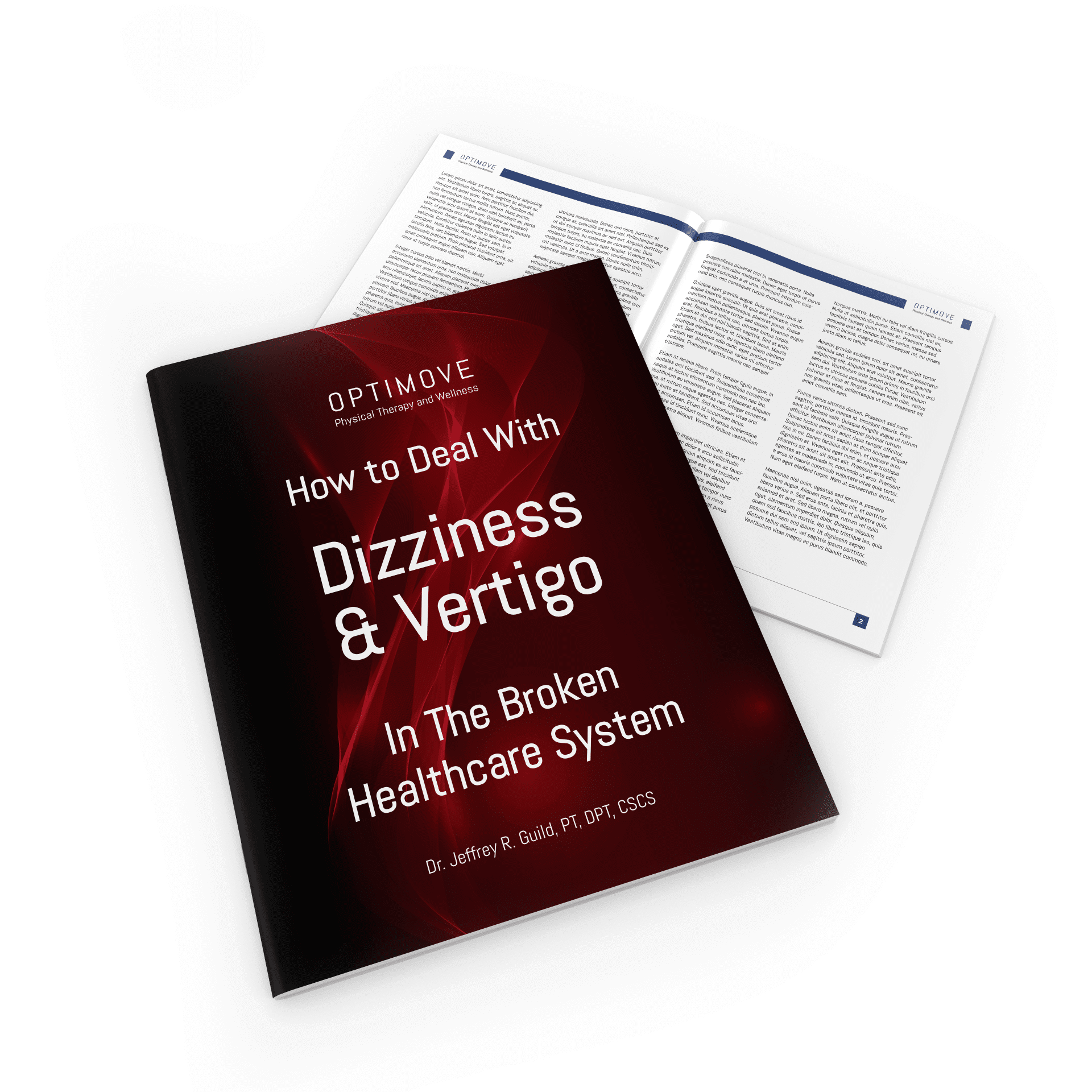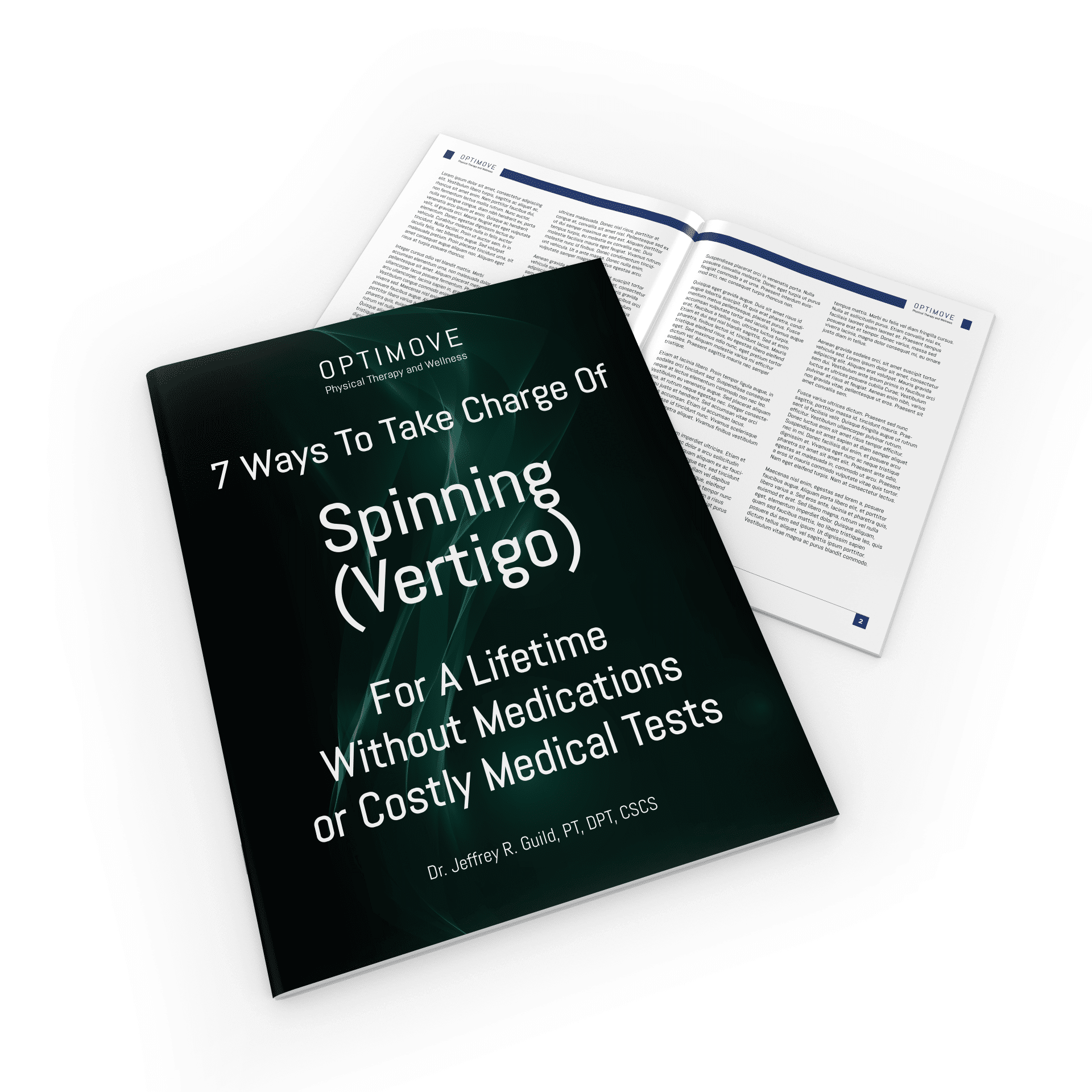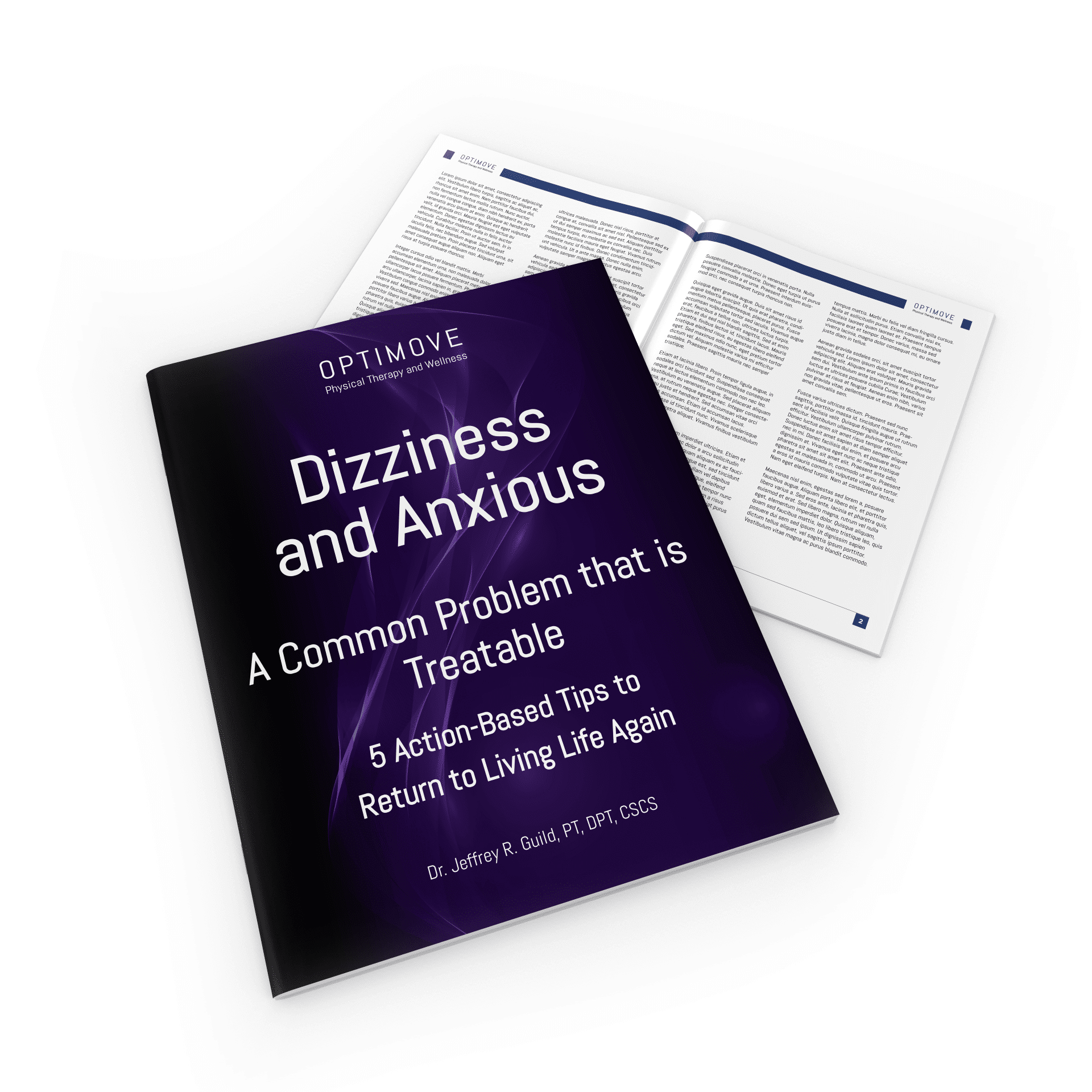Dr. Jeffrey Guild shares valuable insights on creating a safer home environment for seniors, enabling them to avoid nursing homes. Dr. Guild highlights the significance of identifying potential fall hazards and implementing necessary modifications to prevent accidents.
To begin, he suggests taking a thorough walk around the house to identify any evident hazards and making simple adjustments such as decluttering. Additionally, attention should be given to the bathroom, floors, and steps within the home.
Dr. Guild recommends the installation of railings, which can greatly enhance safety. For personalized recommendations, he advises consulting with an occupational therapist who can provide tailored advice based on individual needs.
It is crucial to address fall risks effectively in order to prevent serious accidents.
–
Do you or an aging loved one struggle with balance and falls? There is hope. Let us empower you to maintain your independence at home and in the community.
Click the link below to book your free in-home discover visit: https://old.optimovedfw.com/balanceandfallsfb
Dr. Jeffrey Guild (00:00:00) – To avoid going to a nursing home, check the home environment. And the first step here is to start just basically walk around the house and look for obvious things that stand out to you, that that’s a fall hazard, that’s a fall hazard or that, you know, that’s a kind of a problem or that part’s usually kind of slippery right there. They usually water on the floor over there. So looking around the house and finding out the most obvious things that you don’t even need a rehab professional to help you find. Start with those things and then just go from there and start fixing those things. Something very simple is basically just clean up the house, make sure it’s removed of clutter so that someone doesn’t trip over things. And if you start there, start with the most obvious things, then you can easily then just go to the next thing, the next thing and the next thing. And this doesn’t have to be overwhelming. You don’t have to say, Oh my gosh, we have to bring in all these people and completely modify the whole house.
Dr. Jeffrey Guild (00:00:54) – And you know, now it’s going to look like an institution because we’re on all these grab bars in and all this stuff you don’t have to start with that. Start with the most obvious things first. So the first place to start is the bathroom, because this is the most common place for people to fall. Look at, of course, the toilet. How high it is. Is a person able to stand up from the toilet well enough? And if not, do they need to work on their strength and their power of their legs? Do they need to work with the physical therapist on their ability to stand up more easily from the toilet? Do they need an elevated toilet seat so that they can stand up more easily? Or do you want to install a toilet that’s higher up so that the person can stand up more easily in general without an elevator to see their is all sorts of options now. And of course there’s grab bars and all sorts of things that can be installed in the home environment and you want to make sure that you have an occupational therapist as the person who’s coming out and basically saying, okay, this height here with this grab bar and this one diagonal, this one horizontal, and this is what you need based on the individual person and occupational therapist is the licensed professional that you want for all the specific details because you don’t want to just guess at this.
Dr. Jeffrey Guild (00:02:02) – You want the right health care provider, providing you the specifics as far as what you need when it comes to a grab bar. Because worst case scenario, of course, is that the grab bar comes off or it was not installed correctly or it’s not the right thing and actually causes a fall or they may not be effective if it’s just not the right thing in general. So you want to have a good professional, usually an occupational therapist that can come out and make all those details recommendations for you. Now look at the floors in the home as well. And again, remove clutter from the home environment. You can put double sided tape around the perimeter of your rugs and that can avoid the conflict that a lot of families experience, where the children want to pull up all the rugs and get rid of all the rugs in the house. And then, of course, the parent says, No, I love my rugs. You know, keep those there. And it’s this big conflict. You can use double sided tape to prevent that from happening.
Dr. Jeffrey Guild (00:02:50) – That way the rugs are able to stay on the surface and they’re not flopping up all the time. And of course, rice can still be a problem because there are transition piece, but at least they can be a compromise. And of course, to remove the problem altogether is removing the rugs altogether. And then you don’t have those transition problems. And double sided tape can be a happy compromise. Now, a lot of people think that carpet is better than hardwood floors because, oh, it’s a padded surface. So if I fall, then I’m less likely to get hurt. The opposite is the truth, because carpet provides a lot of problems for walkers, for canes, and also for our balance in general. And don’t go in with the mentality of I want to pad myself if I fall. And again, this sounds like common sense, but a lot of people say this all the time, or the idea of walking in the grass is actually better than walking on the concrete because it’s more padded. So if I fall, then I’ll take the route with the grass because I’ll be more padded.
Dr. Jeffrey Guild (00:03:42) – The opposite is the truth. So part of the problem with both grass and carpet is that it actually kind of mutes our balance. Basically the sensation from our legs up to our brain that tells our brain about where our legs are in space is muted when we’re walking on these soft surfaces. So whether it’s grass or carpet, when we walk on those things, then the information going up to our brain is less potent than it would be if we walked on concrete or hardwood floors. So you want to go in with a mentality of preventing falls in the first place and not worry about padding yourself when you do fall. If you’re going to be using a walker or a cane or a wheelchair, carpet can be a major problem because it can really slow a person down. It can get in the way. It can cause people to stumble more easily than hardwood floors or tile or whatever it might be. And also chairs we see a lot of times, especially because we work in the home environment with our clients, chairs are a big problem on carpet because they’re difficult to move out and then push back in if the person is on carpet, especially if the person’s older and they don’t have the upper body strength, they may not have the balance.
Dr. Jeffrey Guild (00:04:50) – And so it’s much more difficult to push the chair out and in if they’re on a carpeted surface versus a hard flat surface. So outside the house, think of. About the steps going into and out of the House. Now, the big question when you ask yourself here is, does this environment need a railing based on the person’s physical abilities where they are now or where they’re likely to be in the relatively near future or even moderate term future? Do they need a railing based on the home environment? So how many steps are going into the house and is that person going to be able to physically go up and down those steps quite easily based on their physical abilities? And here’s the dirty little secret that a lot of people won’t tell you. Your friends will love you for putting in a railing because a lot of times the person’s peers, so say your aging parent or a neighbor, whoever it is, their friends are also having the similar types of problems that they are. So if you’re aging parents having a balance problem, likely all times their friends are too.
Dr. Jeffrey Guild (00:05:45) – So they will be more grateful if you install a railing going into and out of the house, maybe even two railings and the people who are visiting them on a regular basis, which is likely people who are their peers will be very grateful for that, even if they don’t tell you. So don’t worry about, oh, what’s it going to look like? Or you know what my friends think or whatever it might be. Of course, these are the stories that we tell ourselves on a regular basis, but it’s a railing that can be a big difference between someone falling on steps and not falling on steps. And the fall on steps can be a big catastrophe. These are the big falls that tend to happen that land people in the hospital and into a nursing home. So you want to address the question of does a railing need to be installed and then address that appropriately.






